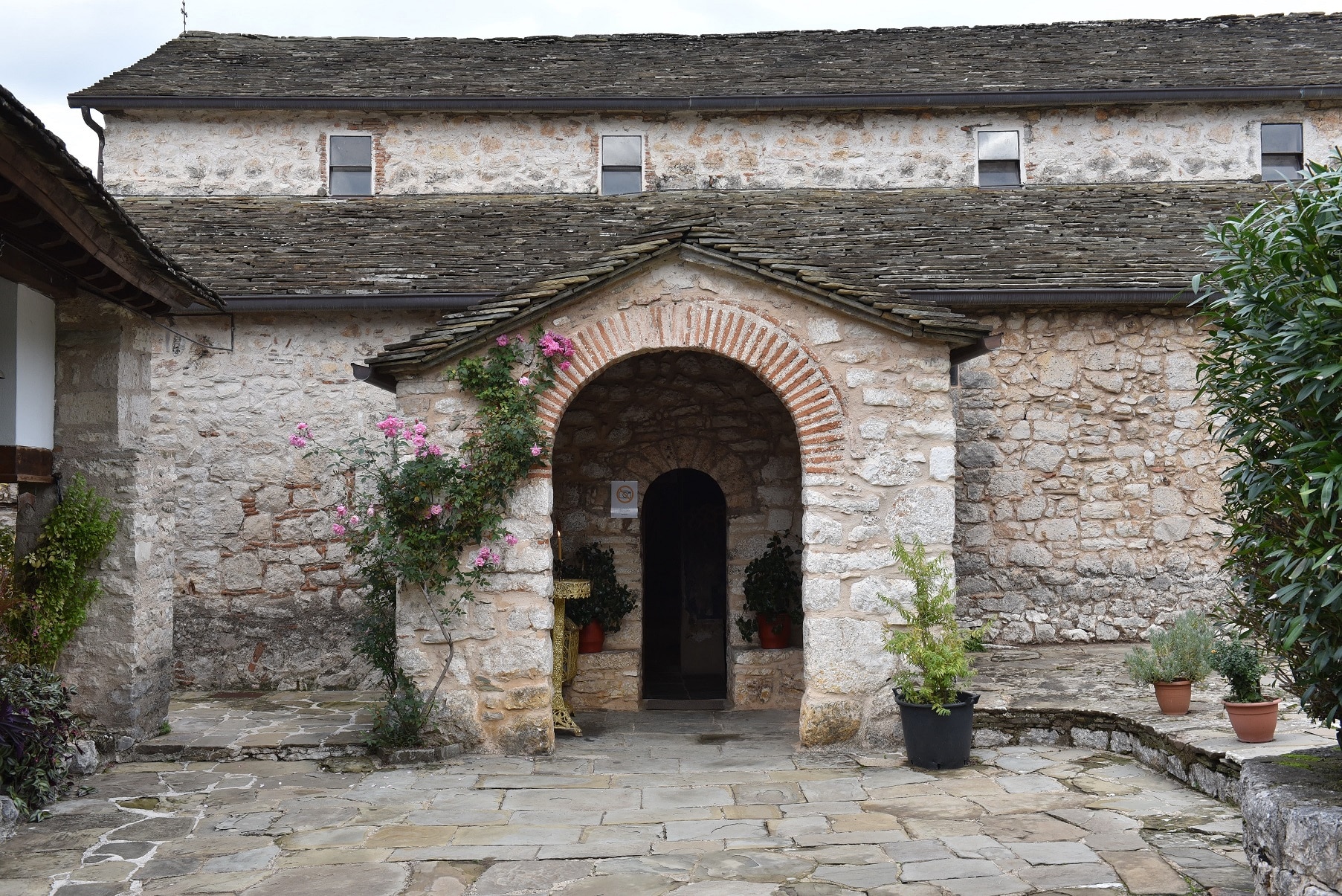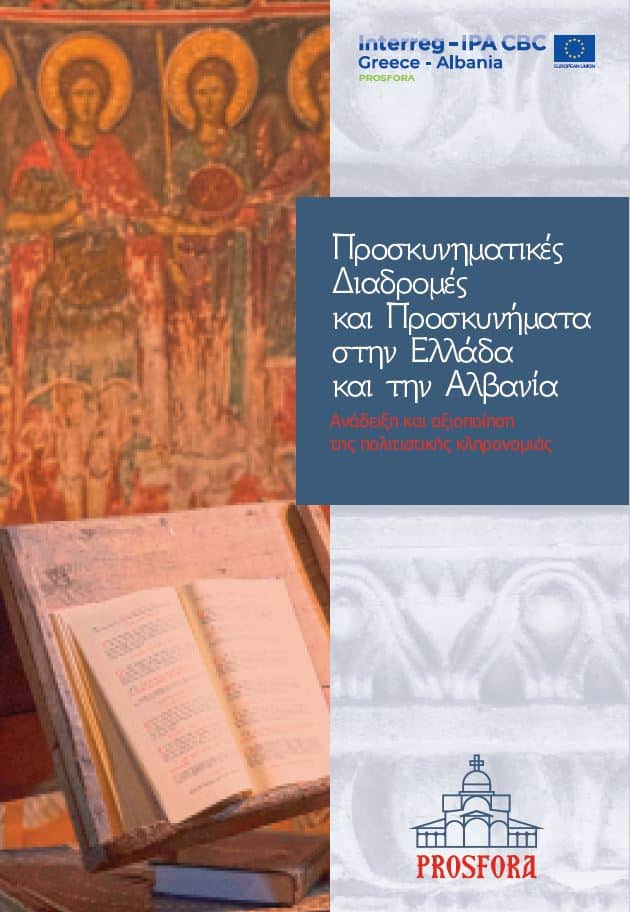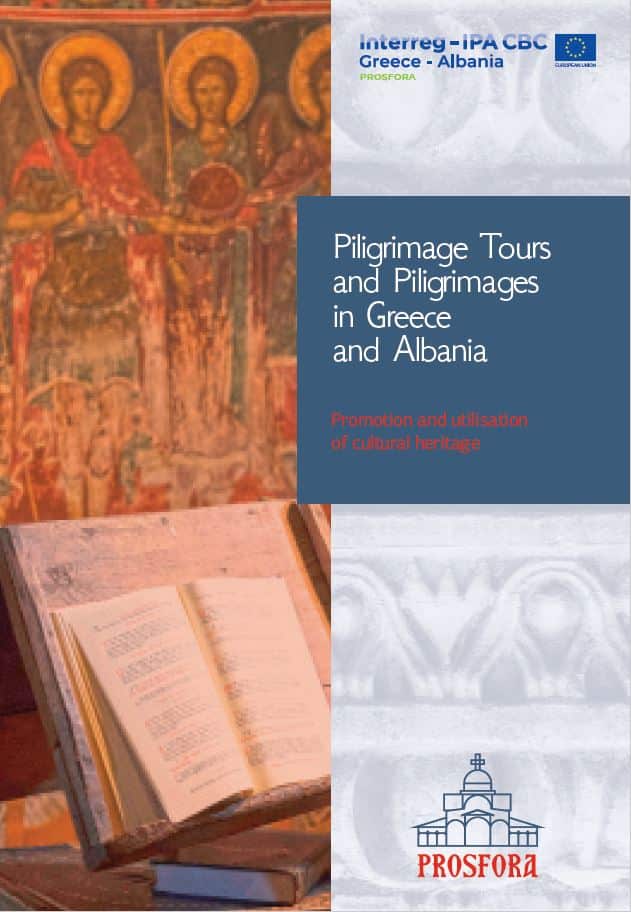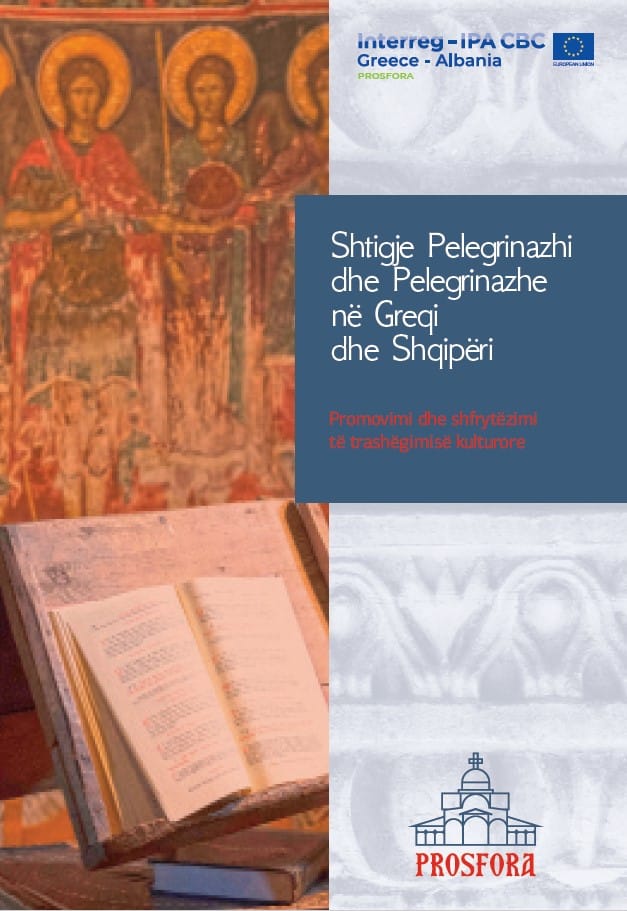Byzantine art, predominantly religious, does not only express the artistic tendencies of the period and more broadly the religious faith. It reflects the social structures of a long period of time, as the historical conjuncture, the ideological goals of the rulers and the economic and educational data decisively influenced the way of expression of the artistic creation and the corresponding style.
The Byzantine monuments of Epirus are an indisputable proof of this historical course of the region throughout the Byzantine period. The monasteries, the temples, the castles, which were built in the Byzantine times, in a province far from Constantinople, establish Epirus as one of the most dynamic parts of the Byzantine world. The Byzantine monuments, today, whether they have been saved or are in ruins, are an important chapter in the history of Epirus and the cultural and religious heritage of our country. Undoubtedly they are custodians of historical memory and are among the exceptional examples of Byzantine art, which aims not so much at beauty and harmony, but at the interior, the symbolism and the submission of religious emotion. From the late Byzantine period, with the strong presence of the Despotate of Epirus, until the post-Byzantine era, the research has to show in the region of Ioannina well-known monuments and works of art of timeless value.
The walk to the following five stations, with monuments of the late Late Byzantine and post-Byzantine period, from the 15th to the 18th century, aspires to highlight the characteristics of art during these years, and to make more widely known the strong presence and activity. of Epirus and its inhabitants.
The I.M. Agia Paraskevi in Monodentri, built in 1414 and with some of its frescoes made from that time, which are not only one of the last paintings of the despot of Epirus, but also offer indirect and valuable testimony to the painting of the years of them in the city of Ioannina itself, then capital of the Despotate of Epirus, since none of the many churches and monasteries, which are testified by written sources, have survived there.
The frescoes of the Monasteries of Philanthropines and Dilios on the Island of Ioannina are among the masterpieces of post-Byzantine painting and are the most beautiful and representative works of art of the 16th century. in the area. The imposing frescoes of the Monastery of the Philanthropists are a monument “station” and a reference point for many later monuments, while the frescoes in the Monastery of Diliou, works of mature education and technique, reflect the artistic and spiritual character of the School of Painting in NW Greece. together with the Monastery of the Philanthropists.
The church of Agios Georgios in Kato Lapsista partially preserves the frescoes of the first phase, which date back to 1508 and which are particularly important, since they were made before the appearance of the great schools of the 16th century, namely the Cretan School and the School of the Northwest Of Greece and are the connecting link of the local tradition of Epirus with the palaeontological art of the last centuries in Macedonia, but also with that of the 15th century, as expressed by the workshop of Kastoria and Xenos Digenis. The frescoes of the other two later phases, of the second phase at the end of the 17th c. and at the beginning of the 18th and the third in 1796, certifying the long-term and permanent presence of the monument.
Finally, the church of the Assumption of the Virgin in Vitsa, Zagori, which was originally a monastery, is a typical example of continental architecture of the 18th century. and a religious building integrated in the built environment of the settlement, while the wood-carved iconostasis of the church is unique in the mainland and belongs to the category of standard (low-relief) continental iconostasis of the 17th and the first half of the 18th c.











